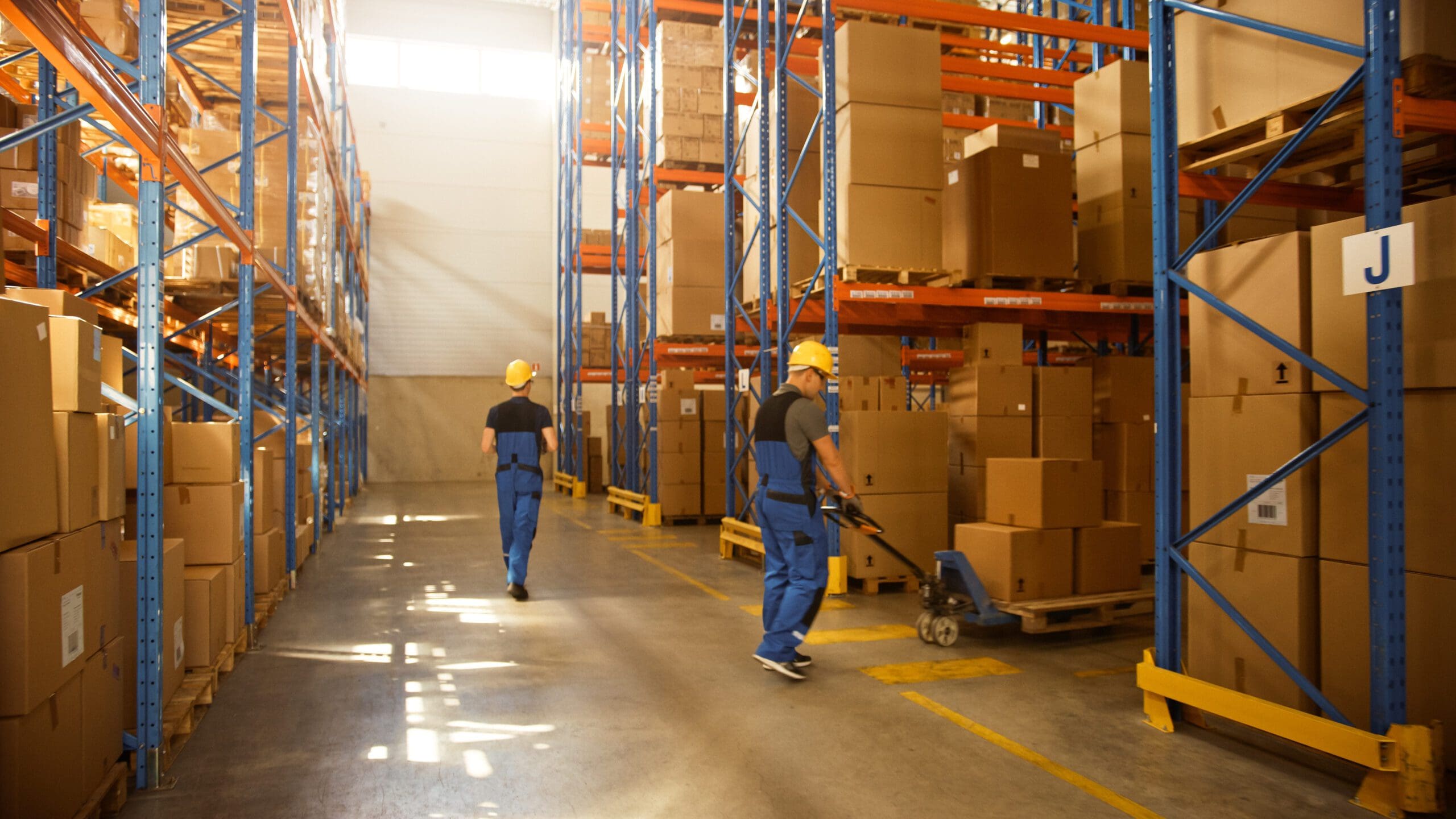As the holidays rapidly approach, you may be trying to come up with a creative black friday marketing strategy. Finding a way to outshine your competitors while delivering attractive deals and retaining a profit is only part of a successful black friday marketing strategy. As a retailer you will want to find a way to drive in-store and ecommerce black Friday sales up. So what is the best black Friday strategy for retailers?
Why is customer retention after Black Friday important?
As Black Friday, Small-business Saturday, and Cyber Monday are all extremely important days of the year for sales, a small business cannot rely on those days alone if they want to maintain a successful business. The rest of the year is still a very important time where sales can be just as critical to cover operating costs and generate revenue. In order to maintain profitability, you will want to make sure your business is maintaining a steady level of sales throughout the entire year. Yes, of course, there may always be some sort of seasonal fluctuation in revenue, however, the idea is to maintain a healthy business the entire year so that the boost of sales and revenue generated in the holiday shopping season can be a healthy surge of nearly pure profit.
Aside from the revenue generated during Black Friday and the general holiday shopping season, Black Friday is also an extremely important time for acquiring new customers. You may inevitably have many shoppers on Black Friday who make one-time purchases, and then never return to your location or website again, however, if you can retain even just a small percentage of those customers, you will be doing your business a great service to maintain profitability throughout the entire year. This is why one of the largest parts of your Black Friday preparation needs to be a focus on customer retention after the holiday shopping season. So, what actions can you take as a small business owner to improve customer retention after the holiday season?
- Create a loyalty and a premium loyalty program: Having a loyalty program and a premium loyalty program are two different things. A loyalty program is free, it rewards customers with special offers, and it allows you to send them exclusive email offers and digitally advertise to customers you know who are interested in your products. A premium loyalty program is a subscription-based program where a customer may pay a monthly or yearly membership fee. With this fee, a customer may be entitled to many benefits that even loyalty members do not have access to. A good example of a successful premium loyalty program is Amazon Prime. The idea is to make the special offers and additional benefits available to premium loyalty program members above and beyond any other offers that can be found on the site. Some benefits may include free gift wrapping, free shipping, early access to new product releases and/or sales, and access to exclusive promo codes for additional savings. Having a loyalty and premium loyalty program for your brand is an effective way to maintain communication with your customers after Black Friday and the holiday shopping season.
- Provide amazing first experiences for your customers: When you are courting a new customer, not only do you want them to make their initial purchase, you want them to keep coming back time and again. One of the best ways to ensure this happens is to provide an amazing first experience from the moment they enter your store or visit your website, to the moment they leave with or receive their product. If you are running an eCommerce website, the user experience should be simple, look great, and give a sense of professionalism and that their transaction is secure and through a legitimate business. Communication is key. Once a purchase is made, an email confirmation is necessary. Once a product ships, another email notification complete with a tracking number will give your customers the power to track their order and contact the shipper if there are any issues or delays. If you have a retail location, having ambient lighting and music can provide a relaxing atmosphere for your customers. Your staff should be knowledgeable about the products, be able to provide recommendations and up-sells, but not be too pushy that customers feel uncomfortable.
- Plan reactivation workflow sequences: When a customer has been inactive for 30-days or more, it may be a good time to send out a targeted email or text message with a special offer to entice a customer to re-engage with your brand. For example, if you have an online business, maybe a special promo code designed specifically for customers who made the first purchase, but maybe need a little encouragement to make a second.
These are just a few basic actions you can take to plan ahead for retaining customers after Black Friday and the general holiday shopping season. There are many more specific tips to retaining customers after Black Friday which we will touch on later in the article.
Benefits of a Black Friday marketing campaign
There are many benefits to launching a successful marketing campaign in preparation of Black Friday and the holiday shopping season. Some of those benefits include increased traffic and sales, an opportunity to clear out inventory in time for Christmas and the following year, acquire and hopefully retain new customers, and a surge in revenue. A successful Black Friday marketing campaign should bring you increased traffic to your eCommerce website or retail location. With this increased traffic, the other benefits are possible. A large increase of traffic and sales can help you clear out older inventory before Christmas. By marking specific items with steep discounts, you can pick which items will ideally fly off your shelf to make room for a new product. Chances are, the increased traffic you hopefully experience after a successful Black Friday marketing campaign will consist of a large number of first-time customers. Ideally, you should take this opportunity to convert these first-time customers into long-term brand enthusiasts. Offer enrollments into loyalty programs, incentivize signing up with an email address, and ensure they have an amazing shopping experience from start to finish. The more first-time shoppers that you can convert into long-term customers, the better your sales will be throughout the entire year. Last, an increase in traffic hopefully translates to a surge in revenue. Depending on the size of the revenue surge, you may be able to expand your business, hire new staff, make a bulk inventory purchase, or pay off some existing debts.
Tips to have your customers come back after Black Friday
Previously, we discussed how creating loyalty programs, providing an amazing shopping experience, and creating reactivation work flow sequences, can all work to help your business retain customers after Black Friday. Here is a list of a few other quick tips to retaining customers after the holiday season.
- Engage with your customers via email newsletters: Customers should be required to enter an email address to make a purchase, or if they do not make a purchase immediately, they should be incentivized to receive special offers and promotions from your business via email. Once you have those email addresses, you will want to create engaging email content that has the added bonus of special discounts and sales.
- Ask for reviews from past customers to grow your online presence: Reviews are critical to influence purchases. Offer customers a special gift or discount for leaving a review.
- Provide great customer service: This goes back to creating an amazing customer experience. Customer service is critical.
- Utilize retargeting marketing efforts: Set up an automatic email with special offers that is triggered when a customer has been inactive for 30 or 60 days.
- Use social media: Social media is a great way to stay visible to your customers. Find out which social media platforms your target audience uses the most and focus your content creation and marketing efforts on those platforms.
- Ensure you have in stock inventory of most popular products: Nothing is worse than needing to cancel a customer’s order because it is out of stock. It looks bad as a business and it is disappointing to the customer. Plus, you miss out on the sale. Make sure your supply chain is in order and keep extra stock of popular items.
There are many things that a business can do to retain customers after Black Friday and the holiday shopping season. Customer retention is critical for any small business looking to create brand loyalty and to establish their presence in the retail and eCommerce markets. By following some of the above mentioned tips and general advice, you can work to turn first-time customers into long-term brand advocates.
How Kickfurther can help
During the holiday season, retailers often experience a spike in sales. Ensuring you have plenty of inventory is an important part of any retailer’s black Friday plan. Ecommerce businesses and or small businesses may need inventory financing. As a small business owner, you may have shopped for inventory financing only to find it did not make financial sense due to the cost. There’s also a chance that you were unable to qualify for traditional inventory financing. This is where Kickfurther can help. Kickfurther can help small businesses secure the inventory financing they need for an affordable price. Kickfurther can provide inventory financing for up to 30% cheaper than other options. With a 99.5% success rate, Kickfurther can help your small business secure the funding it needs while offering flexible repayment solutions.
Conclusion
In conclusion, black Friday presents several opportunities for retailers and consumers. As a retailer you may reduce profits in hopes of increasing sales volume. You may also get the opportunity to help customers that have never purchased your brand before. Adding incentives for joining loyalty programs can help you retain customers that originally just stopped by for a black Friday sale. Most businesses need inventory financing to prepare for busy shopping seasons. If you are looking for affordable inventory financing, Kickfurther can help.
Unlock affordable inventory financing. . . visit Kickfurther today!








